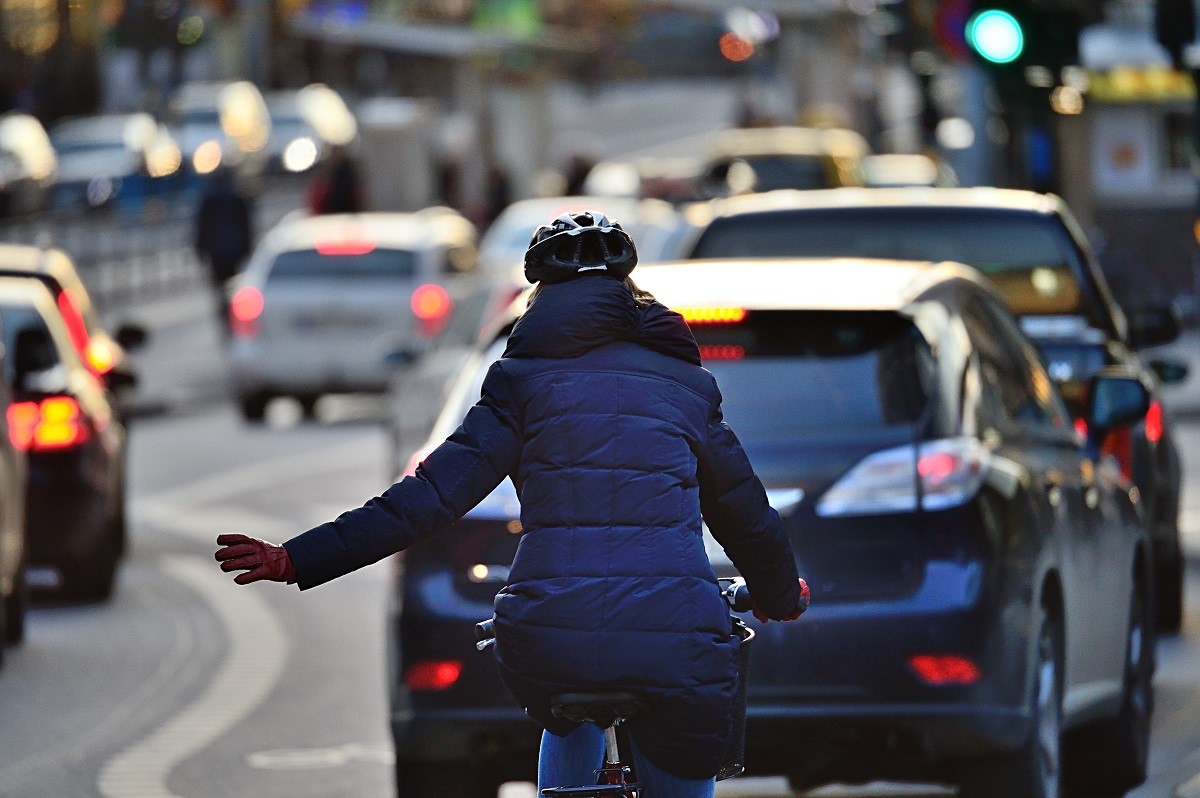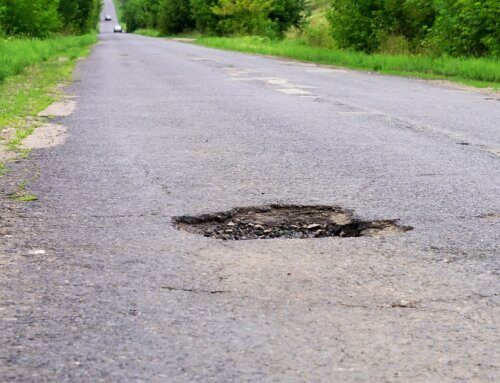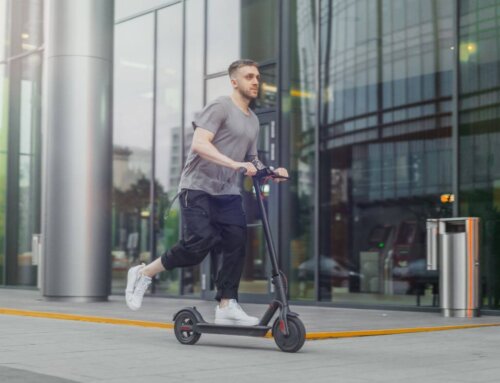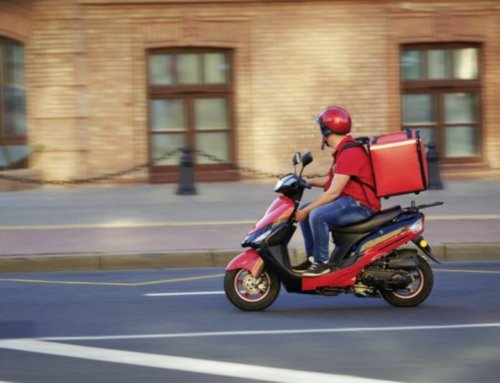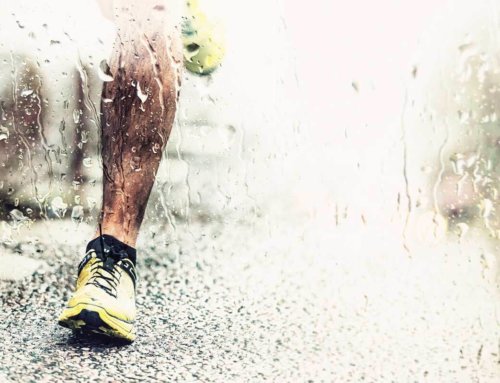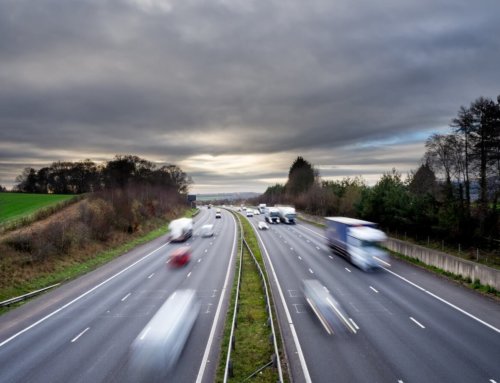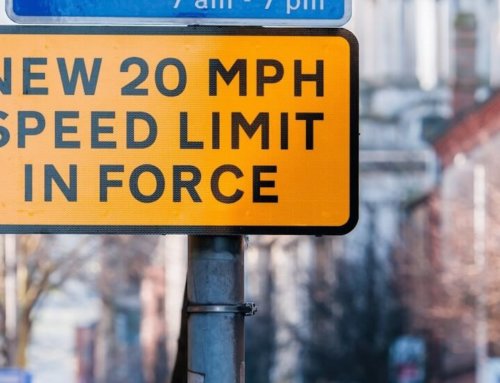According to an article in Cycling Weekly;
“Wales has plenty to offer to cyclists – from amazing scenery and challenging parcours to friendly locals and excellent culinary delicacies.”
We certainly wouldn’t argue with that. Right on the doorstep of Mooneerams personal injury solicitors Cardiff office, near the village of Tongwynlais, lies the world renowned Castell Coch or ‘Red Castle’, which is on the Taff Trail route favoured by cyclists and which runs from the city centre to Pontypridd and beyond. The whole of the Taff Trail is a motor vehicle free route that runs for 55 miles from Brecon to Cardiff Bay and covers old railway paths, forest paths and canals. A perfect path for the most vulnerable of road users – cyclists and pedestrians.
Cycling ticks all the boxes. It is a great form of exercise, it is a healthy pastime that the family can pursue together and it is green – no CO2 emissions or other forms of pollution emanate from bikes. Bicycles also help to reduce city and town centre congestion as well.
Just how safe is it to cycle in the towns and cities of Wales?
In 2017, according to figures produced by Stats Wales, 112 cyclists were killed or seriously injured in cycling accidents and 334 were less seriously injured. In other words, 2 cyclists were killed or badly injured each week and approximately 6 were slightly or moderately injured. These figures only include accidents that were reported to the police. Many of these cyclists who were injured and where the accident was caused by another road user, are likely to have made cycling accident compensation claims.
In particular, how safe is cycling in Cardiff city centre?
In a 2015 survey of 11,000 road users, Cardiff came out top (67%) in the study, ‘Safest Cities for Cycling.’ Certainly, the residents of Cardiff seem to have bought into the idea of making their city a safe haven for cyclists. Over 70% of Cardiff residents believe that Cardiff would be a better place to live and work if more people cycled, that more money should be spent on cycling, that the making of more protected roadside cycle lanes would make them want to cycle more and that they would support the building of more protected cycle lanes, even if it meant less room for other road traffic users.
However, only 34% of people in Cardiff think that cycling safety in the city is ‘good’ and likewise only 45% think that the amount of cycle routes is sufficient.
Cardiff Council is intent on not standing still in terms of improving yet further the infrastructure to make cycling in and around the city safer. In 2016 the Council revealed plans to improve the cycling network over the next 15 years and provide improved infrastructure so that by 2026, the number of cycling trips that people take each year, will double.
Cardiff is therefore to be commended for its efforts to make the city as safe a haven as possible for cyclists.
Nevertheless, cycling accidents are still a daily occurrence in Cardiff and the surrounding areas
Cyclists, along with pedestrians, are the most vulnerable of all road users. Every time a cyclist has an accident, there is the risk of the rider sustaining serious injury. The reasons are self-evident – the protection for a cyclist is minimal. Body, arms, legs and head invariably have little or no protection to the elements other than a cycling helmet and perhaps some padded knee and arm guards. Even a minor collision with another road user can lead to the cyclist being thrown onto the road, or over the bonnet of a car. Serious head injuries and broken limbs can be caused even if the impact between motor vehicle and cyclist is at a low speed.
Most road traffic accidents involving a cyclist and a motor vehicle are caused by ‘failing to look properly’
RoSPA ( Royal Society for Prevention of Accidents) found that 57% of accidents involving motorists and cyclists were caused by the driver of the motor vehicle ‘not looking properly’. This was especially the case at junctions and some examples of this are;
- The driver at a T junction who turns right and fails to see the presence of a cyclist approaching from the right.
- Driver making a left hand turn at a junction and failing to notice a cyclist on his nearside. Vans, HGVs and buses are a real danger for cyclists in this situation.
‘Failing to look properly’ on the part of the motorist doesn’t just happen at junctions though. For example;
- Motorist changing lanes without properly checking for the presence of cyclists (or motorcyclists). Often motorists seem to be totally oblivious to the possible presence of cyclists or motorcyclists on either the nearside or the offside of their vehicles, when changing lanes
- Motorist (or passenger) opening the door to their vehicle into the path of a passing cyclist. This is a very real problem for cyclists, so much so that the government is undertaking a review into the problem with a view to amending the Highway Code so as to include a recommendation for motorists on how to get out of a car without ‘dooring’ a passing cyclist!
Some cyclists don’t help themselves
Debates about cyclists on the road can get quite heated. Some motorists reading this article may feel that all the focus is on accidents between cyclists and motorists being caused by the drivers of motor vehicles. On the contrary, cyclists themselves are often to blame when collisions occur. Cyclists who ignore red traffic signals, cyclists who ride onto the highway from the pavement and cyclists who put themselves into danger by taking insufficient care when approaching left turning vehicles on their nearside when approaching road junctions, all cause or heavily contribute to accidents.
These kinds of manoeuvre, coupled with the actions of cyclists who ride their bikes along the pavements, cause great anger amongst other road users, including pedestrians. This can sometimes spill over into there being, for some motorists, a real hatred of cyclists in general. This is a dangerous mindset, that can lead to road rage incidents involving motorists and cyclists. When that happens, there is only going to be one loser!
The balanced view is that cycling accidents that involve cyclist and motorist can be the fault of either party, depending on the circumstances. Both types of transport are entitled to be on the road. Local authorities, recognising this, are under a duty to do their best to ensure safe passage for both motorists and cyclists.
The answer to the problem lies in improving the infrastructure, as Cardiff Council are trying to do, so that both cyclists and motor vehicle drivers can enjoy safe passage around our towns and cities, through the provision of more motor vehicle free areas and more, and improved, cycle lanes.
Making a Cycling Accident Compensation Claim
At Mooneerams our cycling accident compensation solicitors have recovered many thousands of pounds worth of compensation on behalf of cyclists who have been injured in road traffic accidents that were not their fault. For any cyclist reading this who may be considering making a claim for cycling injuries suffered as a result of a collision with another motor vehicle, the first step is to call us on 029 2048 3615.
You will always speak with a solicitor who is experienced in cycling accident claims. They will, at no cost to you, talk through the circumstances of the accident with you and give you clear advice on your prospects of making a successful claim. If after this, they believe that your potential claim does have reasonable prospects of succeeding (and you decide that you would like Mooneerams to take on your claim) we will be able to offer you the benefit of pursuing your claim by way of a No Win, No Fee agreement.
Call now on 029 2048 3615. Alternatively visit our contact us page and leave your details. We will call you back, promptly.

